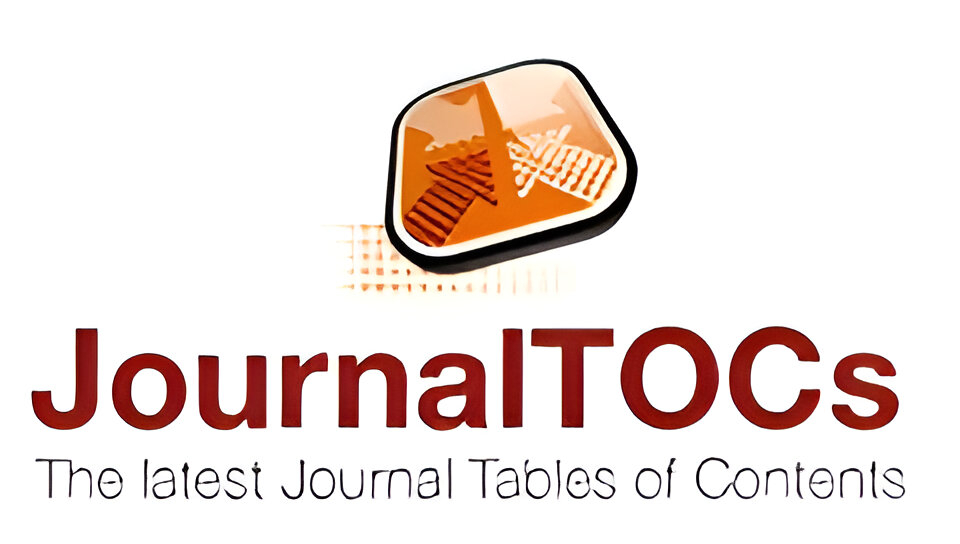COMPARATIVE ANALYSIS OF TRADITIONAL VS. DIGITAL MARKETING IN URBAN AND RURAL EDUCATION: EFFECTIVENESS AND CHALLENGES
Abstract
This study investigates the effectiveness of traditional and digital marketing strategies
in urban and rural education contexts using a mixed-methods approach [1]. The findings reveal
significant disparities in how these strategies resonate with different student populations. In
urban areas, digital marketing proves to be highly effective, with 75% of students influenced by
online initiatives, while traditional marketing results in a mere 10% conversion rate. Conversely,
rural settings demonstrate a continued reliance on traditional marketing methods, with 90% of
students primarily aware of their institutions through these channels, underscoring the
importance of community trust and personal relationships. Digital marketing, however, shows
limited impact in rural contexts, as only 45% of students report being influenced, primarily due
to challenges such as restricted internet access and lower digital literacy levels. The research
advocates for educational institutions to implement hybrid marketing strategies that integrate
both traditional and digital approaches, tailored to the needs of their target demographics. By
enhancing digital marketing efforts in urban areas and investing in digital literacy and
infrastructure in rural regions, institutions can optimize outreach, improve engagement, and
foster stronger connections with prospective students, ultimately bridging gaps in access to
educational opportunities











